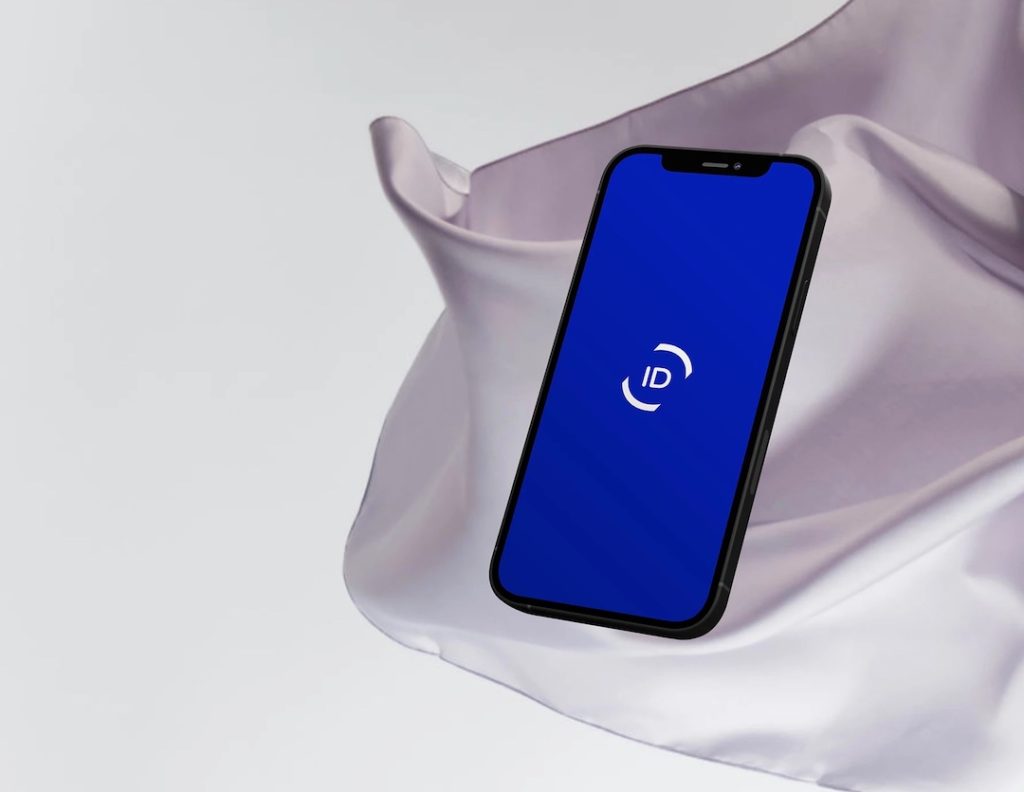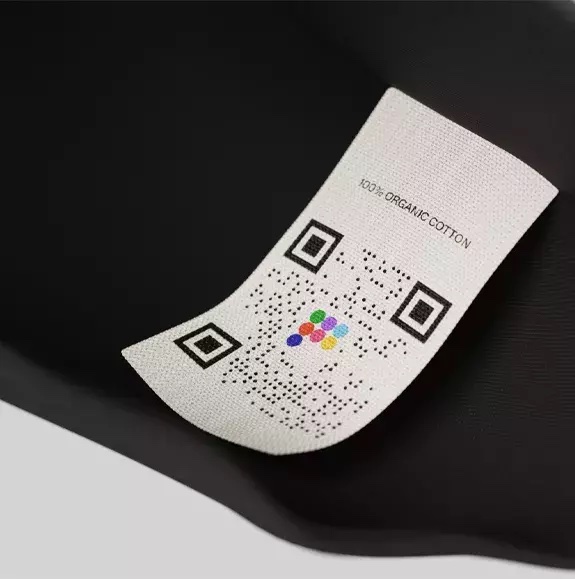Getting behind the voices of our products with EON’s Founder & CEO, Natasha Franck
Wait, put the scissors down.
We know clothing tags haven’t necessarily been the most comfortable, or functional, in the past. But today, the tags on our clothes are alive – well, metaphorically speaking. Speaking to not only the retailer and consumer, but also the reseller and the recycler, clothing tags now have Digital IDs, courtesy of Natasha Franck, CEO and founder of EON, an operating system for clothing.
“[Recyclers] don’t know the content of your shirt, and if they don’t know the composition makeup, they can’t recycle it. So the Digital ID basically gives the product a voice. It’s like hello I am..and now that product can speak to whoever it’s in the hands of,” Natasha told Behind the Green host, Chantal Emmanuel.
Products with voices?
What a time to be alive – for the clothes and for the people handling them. Because now, more than ever, sustainability pioneers, such as Natasha and her team at EON, are making connections between pollution, waste management, and the fashion industry. For the fashion industry produces “10% of our global carbon emissions, today, and that could increase to over 25% by 2050.”
The current linear “take-make-dispose” economic model means retailers feel they must produce more products to make more money, which is inherently unsustainable. As Natasha explains, “Today we have billions and billions of products that are produced every single year, and those products are produced and sold and lost.” Said products are lost in the stream of waste filling landfills and polluting the planet, along with the money retailers could be saving if only they could better manage the horizontal flow.
She adds, “It’s very hard to start to manage those products through a circular business model, like resale, rental, or recycling, if you can’t ID the products and materials. So, what EON does is we give every single physical item – my shirt, your shirt – a Digital ID.”
The Digital ID

EON’s Digital ID demonstrates a global shift to circular business models.
What is it?
As Natasha and Chantal discuss in Episode 7 of Behind the Green, EON’s Digital ID gives voices to our products. Functionally, a product’s Digital ID can either be a QR code or a NFC chip, which consumers, resellers, and retailers simply scan to “hear” what a product has to say. The difference in capacity between a QR code or a NFC chip, then, is the difference between recycling and resale.
Resellers of luxury clothing products are most likely to utilize NFC chips, which allows for layers of authentication. Whereas recyclers of everyday wear products, such as t-shirts, are most likely to utilize QR codes to better understand the material composition. Both use-cases are a demonstration of how EON’s Digital IDs are taking the fashion industry from wasteful to waste-less.
What does it say?
“The product can really say whatever the brand wants it to say. Some brands are really leaning into bringing their transparency story forward – where that product came from, who made it – so, maybe, it’s a unique material story,” Natasha explains.
And in this era of consumer sustainability demand, “Transparency equals trust; trust is everything.” Consumers want to shop with retailers they trust to have not only their best interests in mind, but the planet’s best interest in mind, too. So with sustainable technology, such as EON’s, retailers bridge the gaps not only in their supply chain – recovering lost products and preventing more from being lost – but they, also, bridge the gaps between them and their customers.
Natasha adds, “Today, the customer buys a product, and then when they’re ready to sell it, they take it to the Real Real or Poshmark. But brands don’t want to lose that customer, and they don’t want to lose that product. So now, with the Digital ID, instead of reselling it on a third-party channel I can scan and resell that product back directly through the original brand that I purchased it from.”
The Bigger Picture
“You’ll get to the point where you go to the store, and you see a shirt without a barcode on it, and you’re like wait, I can’t find out more information about this? It will become that tipping point where you can’t be on the other side of it anymore,” points out host, Chantal Emmanuel.
There’s just no way around it; at some point in sustainability’s progression, retailers will get left behind if they do not adopt sustainable business practices. For us, it’s reusable packaging. For EON, it’s the Digital ID. But both represent a global shift away from linear economics to circular economics across industries. “It’s really the data sharing, for us, as I imagine for LimeLoop, too, that is the fundamental of creating the system,” Natasha tells Chantal.
And with that comes the need for strategically decentralized data, connecting vertical, siloed data streams with horizontal product flows. Natasha alludes to product stewardship, or the idea of caring for products from point of sale through to delivery and even beyond as customers return, resell, or exchange products for new or different ones. She says, “I think in our vision all these simple products become intelligent assets and are stewarded through a circular and sustainable life cycle.”
What will you hear with Digital ID?
Natasha and the EON team recently joined the Fashion Taskforce, created by Prince Charles. “It was quite an honor and a shock to be stewarding a commitment with his Royal Highness and his support was amazing.” She goes on to speak about how the taskforce leverages EON’s Circular Data Protocol – an integral piece to the EON vision.
“What information does every product’s Digital ID need to hold in order to enable circularity? So one thing would be material content; another thing would be factory of origin; another thing would be original retail price,” Natasha explains. She adds, ” Which, then, allows retailers to scale this sustainable solution.
Ready for Reuse?
Get started with one of our Reuse Specialists to discover everything you need for sustainable shipping.

